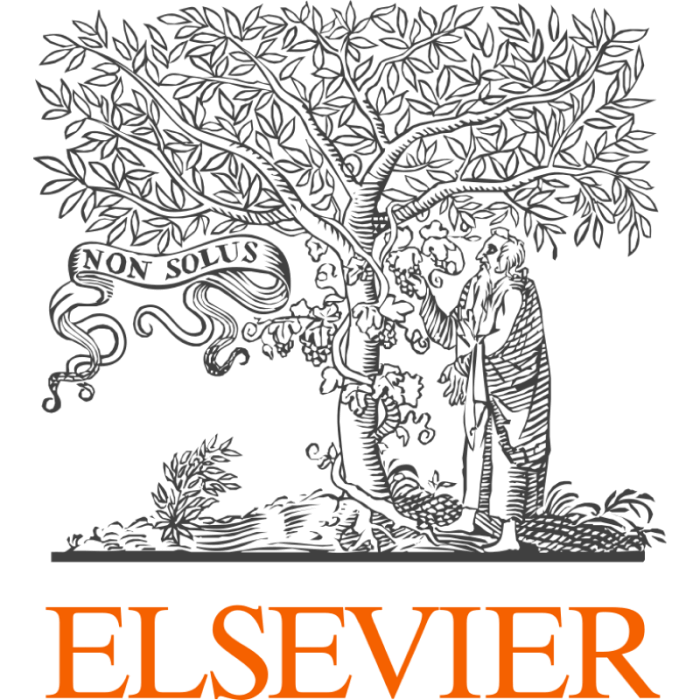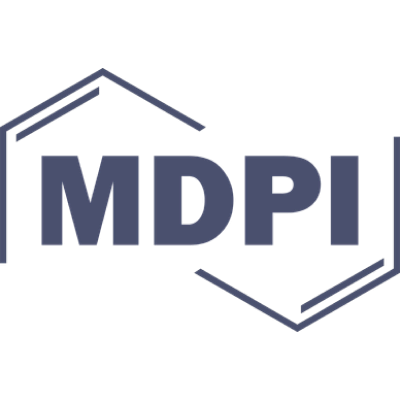Natural Flavonoids as Primary Amoebic MeningoencephalitisInhibitor: Virtual Screening, Molecular Docking, MD Simulation, MMPBSA, Density Functional Theory, Principal Component, and Gibbs Free Energy Landscape Analyses.
ABSTRACT
Flavonoids have been showing diversified bioactivities. Primary amoebic meningoencephalitis is a brain inflammation caused by Naegleria fowleri brain eating amoeba. In this manuscript, we selected 93 flavonoids by extensive literature survey and 83 flavonoids passed drug likeness parameter. Selected flavonoids were molecular docked against primary amoebic meningoencephalitis N. fowleri CYP51 receptor considering voriconazole as standard. Beta naphthoflavone, abyssinone I, and abyssinone III showed maximum docking scores of −10.9 kcal/mol, −10.7 kcal/mol, and −10.6 kcal/mol, respectively, whereas voriconazole showed docking scores of −7.6 kcal/mol. Molecular dynamic simulation data showed that RMSD values attained almost a static value during the simulation, and all nearest interacting amino acid residues were fluctuated within limit. Molecular Mechanics Poisson‐Boltzmann Surface Area (MMPBSA) data of beta naphthoflavone abyssinone I, abyssinone III, and voriconazole showed free binding energies of −82.755 kJ/mol, −1924.193 kJ/mol, −1890.335 kJ/mol, and −540.141 kJ/mol, respectively. Frontier molecular orbital (FMO) analysis showed that abyssinone III was the chemically reactive molecule and beta naphthoflavone showed maximum electrophilicity. Molecular electrostatic potential (MEP) analysis portrayed possible nucleophilic‐electrophilic attack areas of the structures. PCA and free energy landscape (FEL) analysis data confirmed the stable conformations between flavonoids and receptor. Abyssinone I and III showed nontoxic behavior. These data confirmed that if we repurpose these flavonoids against primary amoebic meningoencephalitis, it will be beneficial for mankind.






